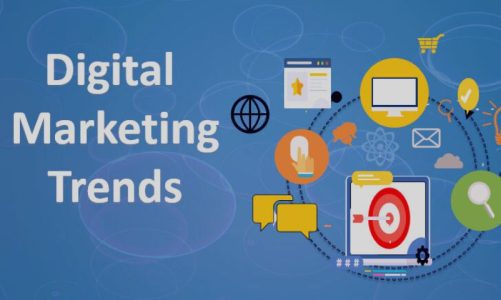Consumer Centricity : In the new economy of experience, maintaining our company’s income statement and its long-term growth requires betting on business strategies that put the customer at the center.
The Experience Economy
All companies are currently facing digital transformation processes that impose different challenges on us, such as the need to establish effective hybrid work models.
But among all these challenges, one of the most pressing is undoubtedly to improve the experience we offer our customers. This is something that business schools have traditionally called customer experience (CX).
Today customers are more demanding and less loyal. They are more connected and informed, and they expect companies to adapt to their ways of thinking, living, and communicating. We have moved from the economy of products and services to the economy of experience.
In the experience economy, CX development is a differentiating factor in business strategy. Which goes through linking customers with unique, memorable, and profitable experiences.
Across all sectors and industries, the data reveals high returns on investment (ROI) associated with customer experience. This is confirmed by the Association for the Development of Customer Experience (DEC), based in Madrid. According to this, the leading companies in CX show growth of over 15% compared to their competitors.
The above they also affirm from the DEC association is due to the fact that an optimized CX favors:
- Greater retention,
- Greater share of wallet or expense that each client has in the brand, and
- Higher levels of recommendation decrease the acquisition costs.
So there is no doubt. In the new economy of experience, maintaining the income statement and the long-term growth of our company requires a significant commitment. The commitment to business strategies that put the customer at the center.
Customer Centricity Or How To Put The Customer At The Center
Although it is in the current context of digital transformation that it has shown its full potential, the centricity of the consumer as a business strategy is not new. In fact, it is one of the most developed practical guidelines for business management in recent decades.
In the 1950s, Peter Drucker (‘father of management ‘) claimed that every business is determined by the customer, making it clear ever since that the success of a company’s profitability does not lie so much in the centricity of the product, but rather in the way a company delivers value to people.
However, the truth is that many companies today continue to maintain a culture mainly focused on the organization or the product/service we provide.
But it is also true that recent digital innovations, by enabling multiple communication channels for B2C and B2B relationships, are offering us many opportunities to place the customer at the center of the value chain. And with this, new business opportunities.
Instead of focusing on selling products, companies with a customer-centricity strategic vision seek to constantly improve the value created for their customers.
As it is an approach focused on satisfying the needs of the consumer, it is crucial to study it enough, as much as necessary to be able to offer products or services that feel tailored to them, or even exclusive to them.
In Short:
Consumer centricity as a business strategy is the ability of a company to offer its customers products and services that adapt to real needs and expectations in the different areas of life and work.
Keys To A Profitable Customer Experience
The Profitable Customer Experience, a book published by the DEC association, describes a valuable approach. An approach to evolving towards consumer centricity as a business strategy. The keys are these:
-
Unique Identity
Take the brand to the next level, making its elements (vision, values, attributes) tangible at all points of interaction with the customer.
-
Organizational Boost
Position CX in the company at a strategic level, allocating human and financial resources to ensure transversality.
-
Involvement Of People
Motivate company-wide commitment to the customer experience.
-
Interactions
Analyze, from the customer’s point of view, their relationship with the company. And take care of all the points of interaction (‘the devil is in the details).
-
Interpretation And Action
Once the customer is understood, we must start designing –or redesigning– products and services ‘tailored’ to them, adapted to their needs and expectations.
Finally, let’s not forget that the Customer Experience is the memory that is generated in the consumer’s mind as a result of their relationship with the brand.




